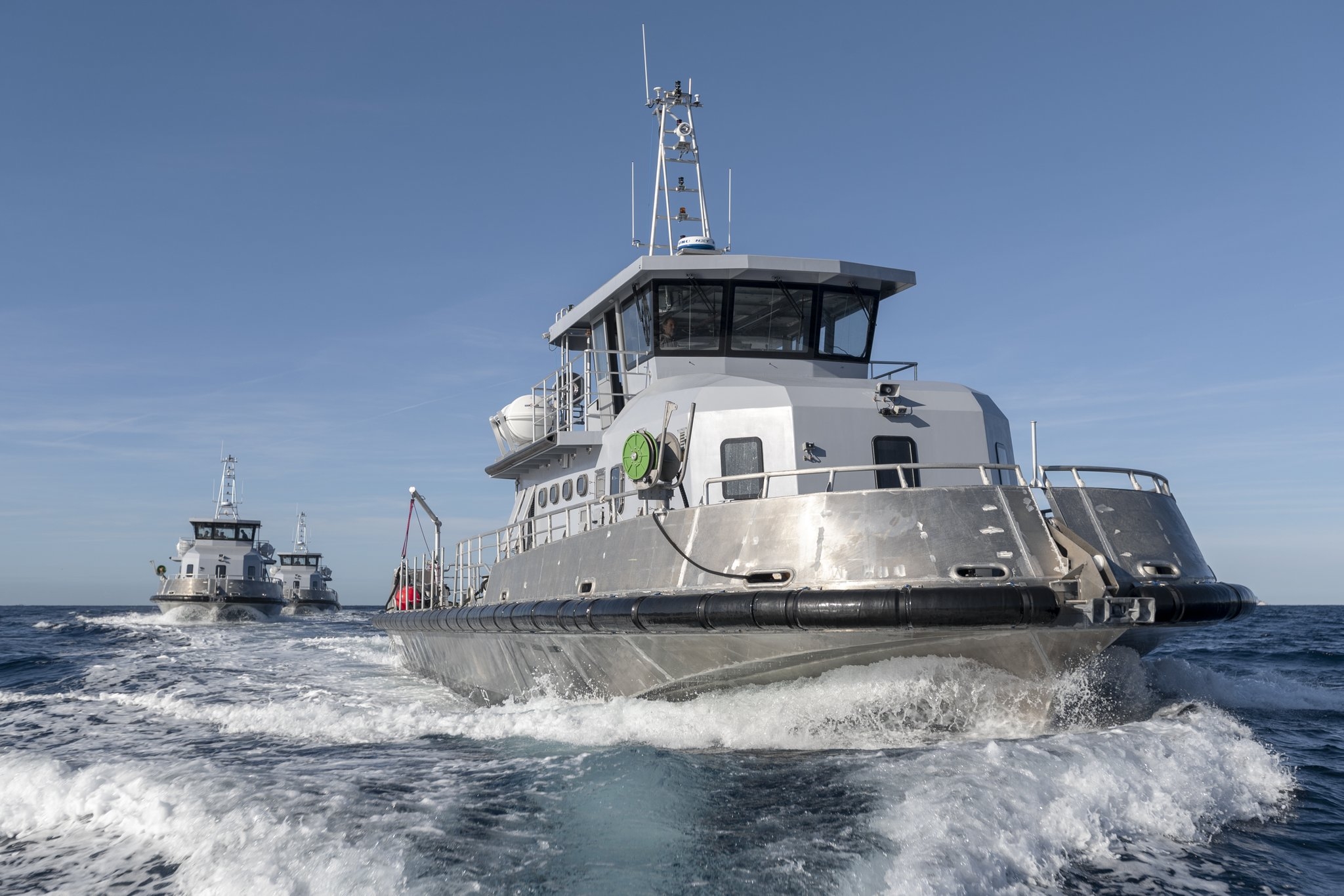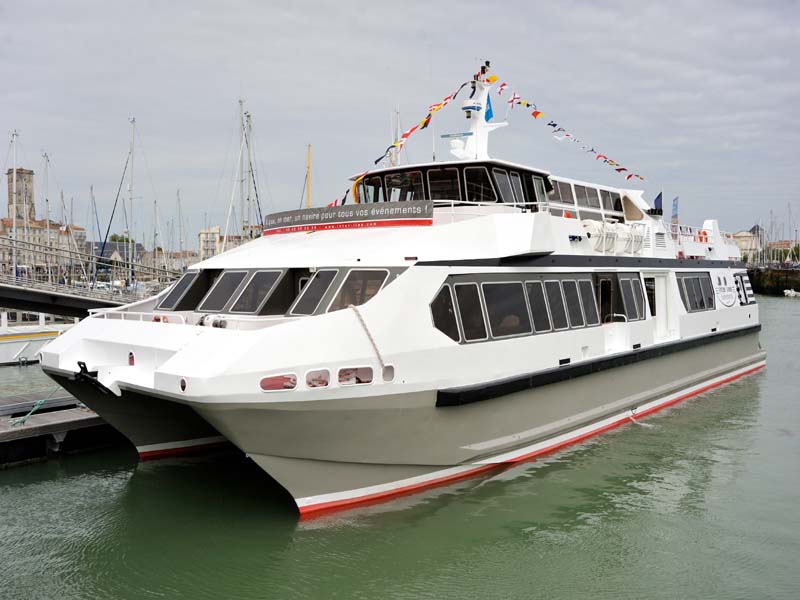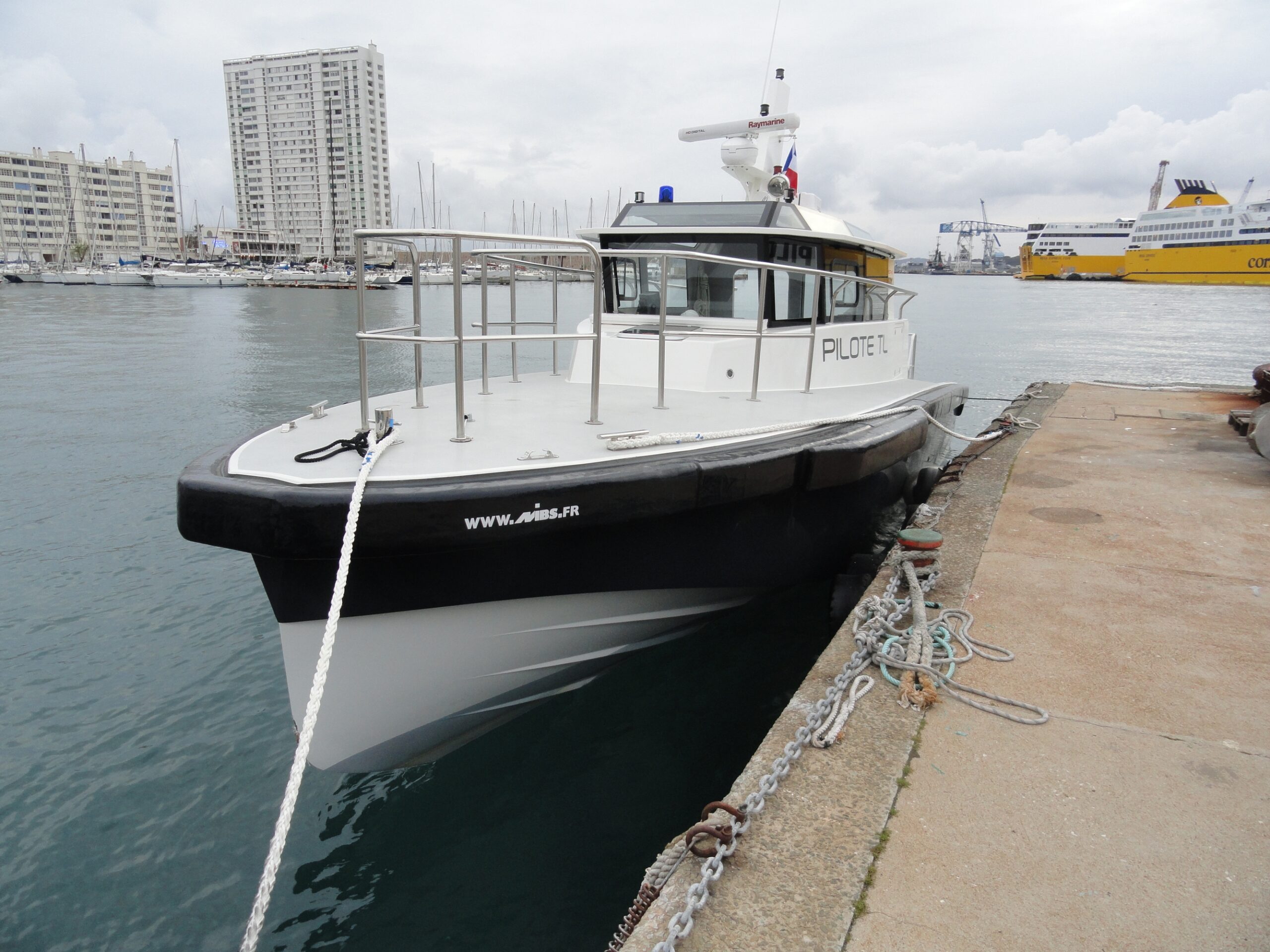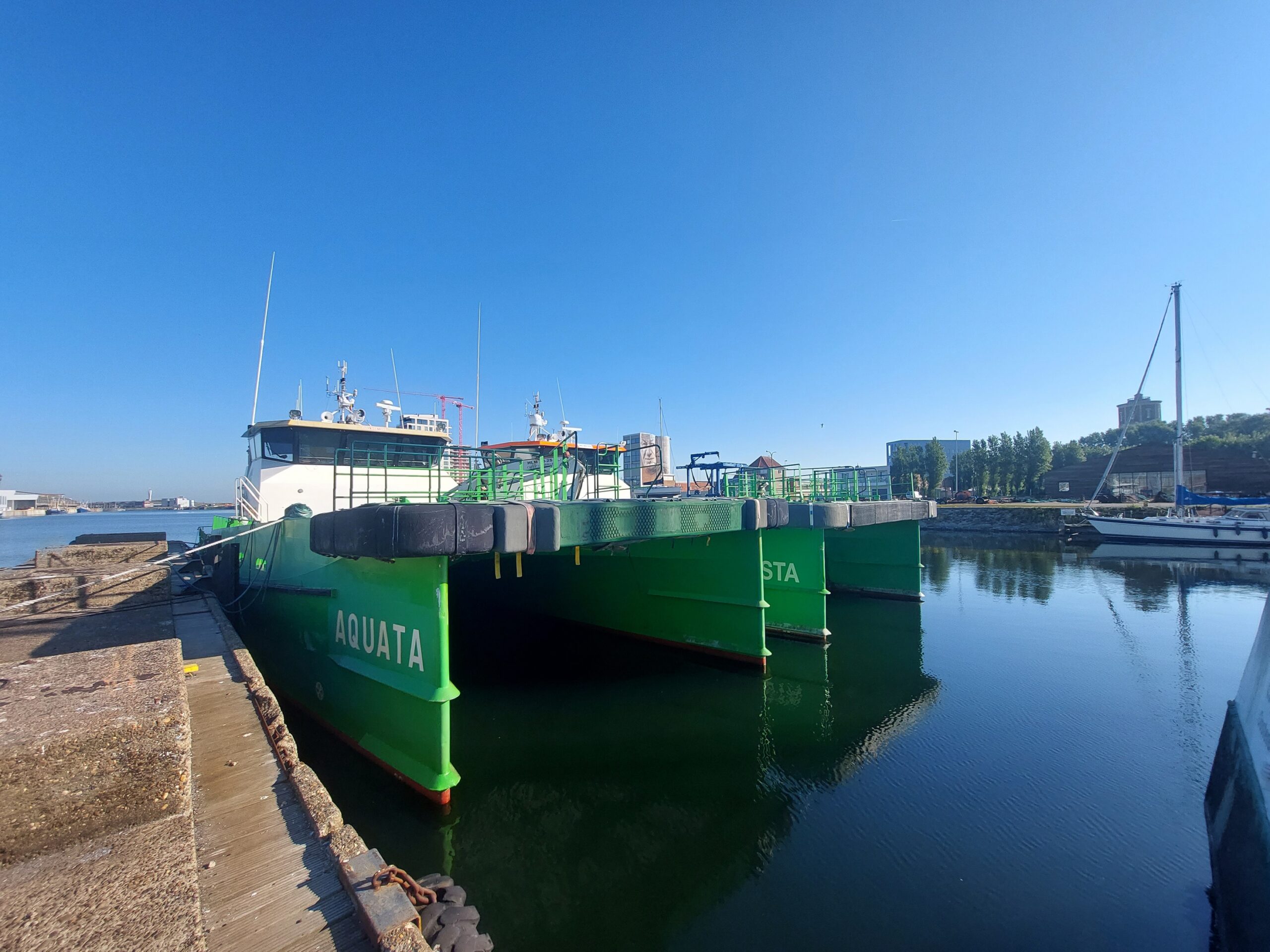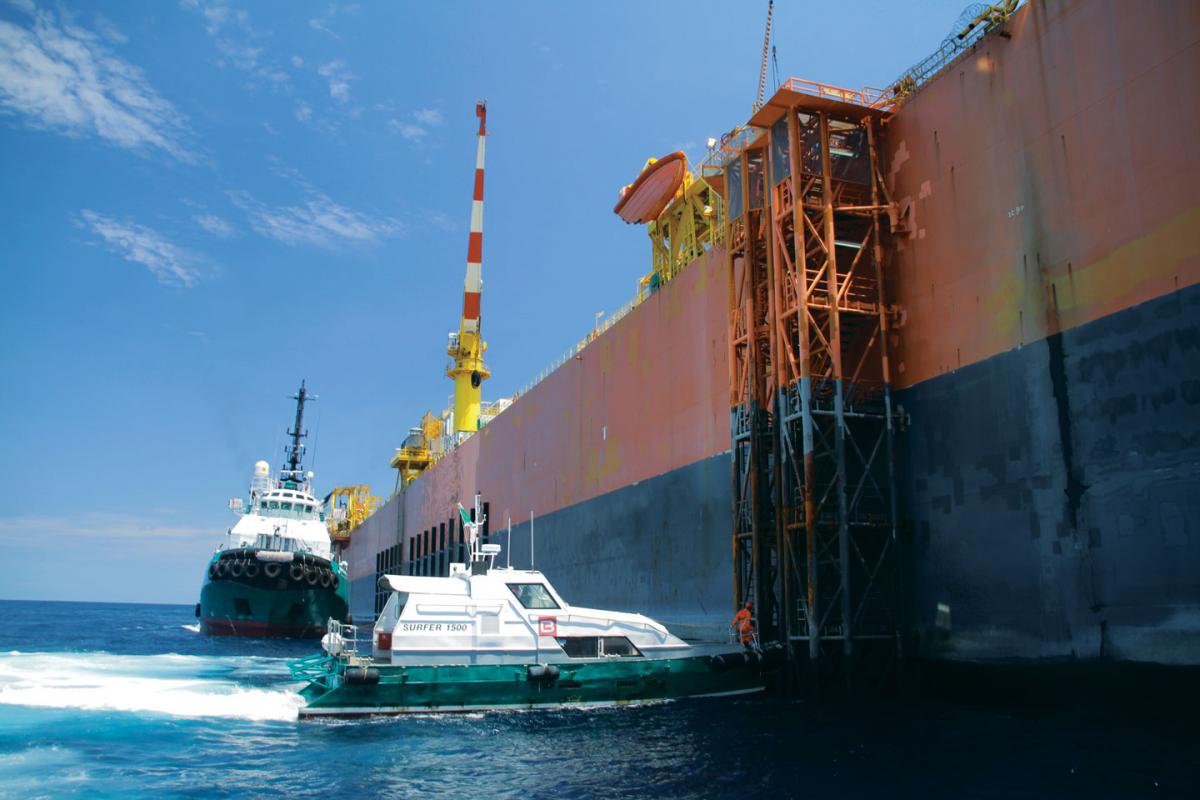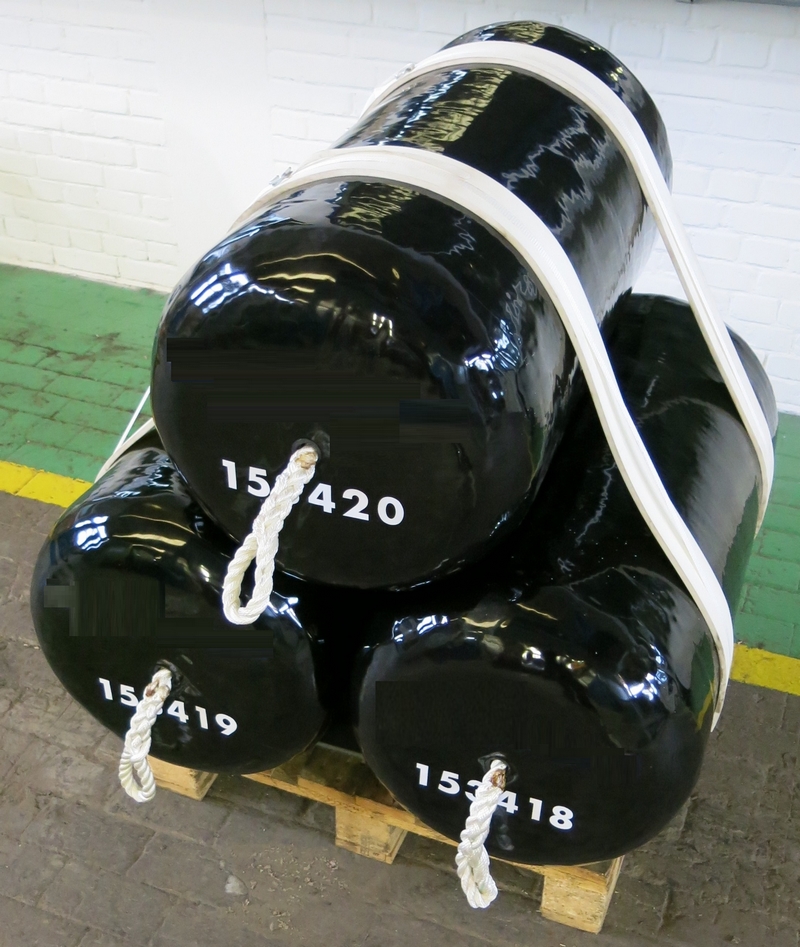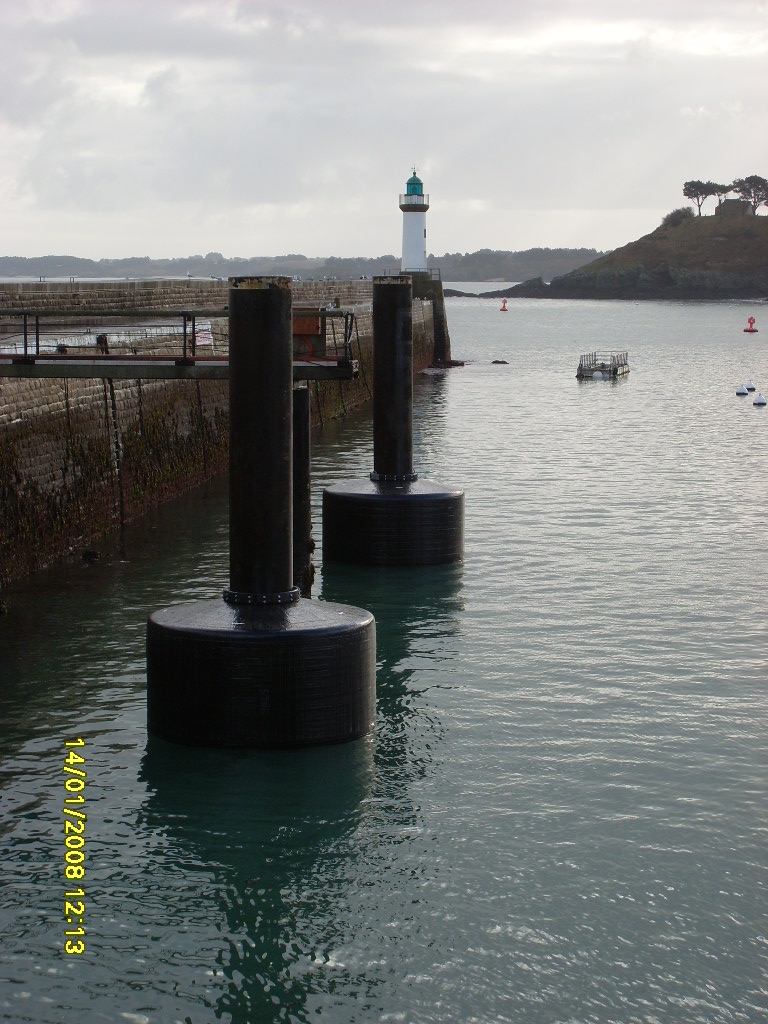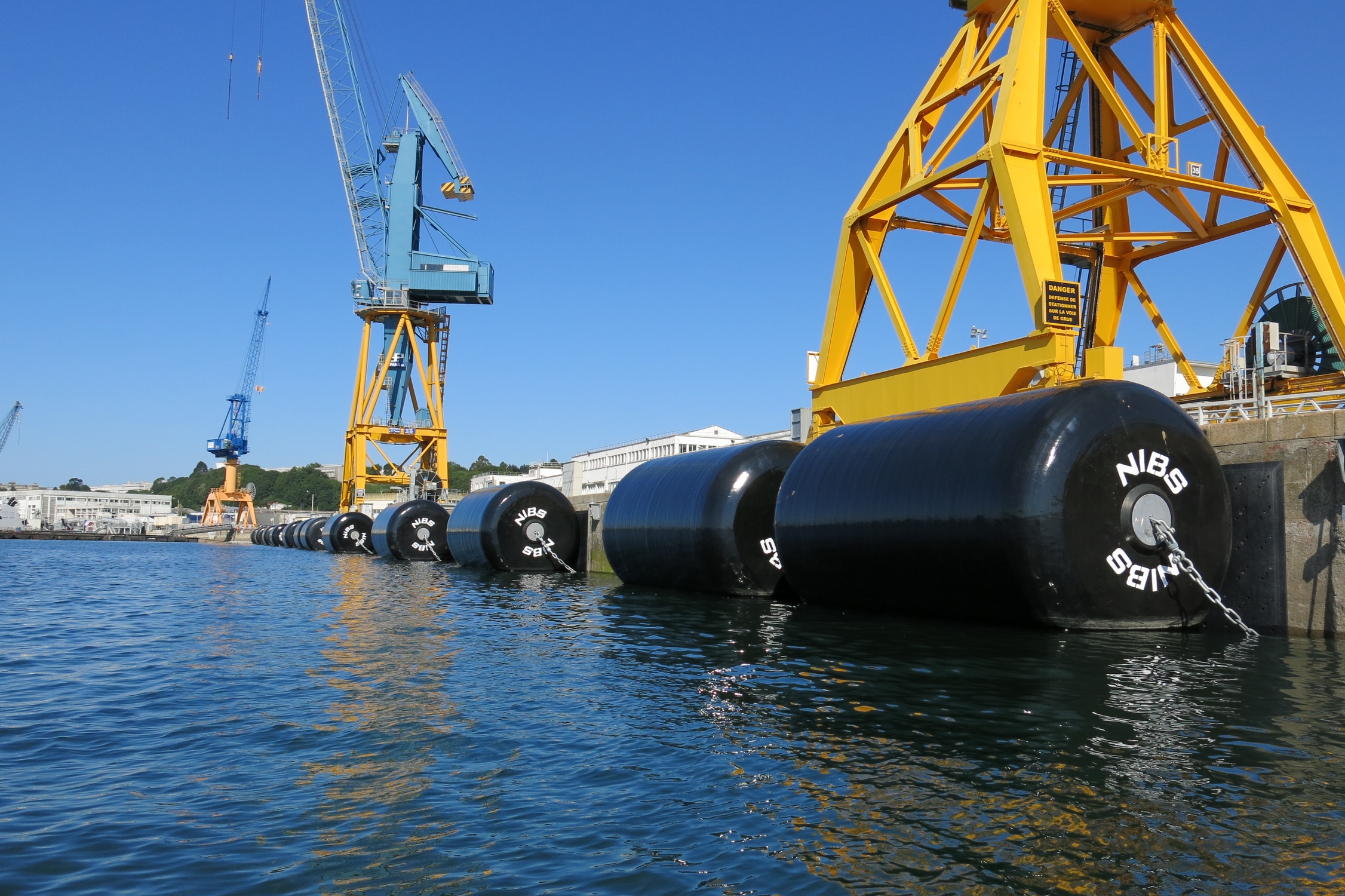Berthing
We are all used to see ships berthed alongside quay or docks. We are very seldom stop to appreciate the efforts put in behind it. Berthing of vessel requires very specialized skills. Pilot has to take in account of various forces, external & internal which are variable to different degrees as well as the vessel’s controls available to him. Various factors are taken into account and amongst those included following but not limited to :
Size: A large vessel will be sluggish to turn. Her stopping distance will be considerably large as well as time taken to pick up speed.
Displacement of vessel: Displacement means total weight of the vessel. It is the total volume occupied by underwater part of vessel multiplied by the density of water. Larger the displacement, greater will be the force required to move or stop it.
Wind speeds and direction: Exposed part of vessel acts like a sail. Offshore wind with a speed of 10 knots creates strong adverse wind force which needs to be controlled by using more tugs or bow/stern thrusters. On shore wind though will assist in berthing but strong on shore wind may push the vessel hard to berth causing damage.
Current: Current affects the maneuverability of the vessel. In tidal port with currents, berths are designed in such a way that current will be flowing at 15 to 30 degree to berth. Design berthing velocity for ship is normally 0,2m/second.
Considering these factors, our engineering office is able to design & dimension foam filled fenders fitting to customers’ berthing purposes. Business cases for foam filled fender:
- Extension & renovation of quaysides of industrial harbour, naval base, marina
- Offshore ship to ship for loading & unloading operations
- Set up of ports areas dedicated to launching floating foundations of wind turbines
- Port services such as marine pilot, boatage, rescue team, customs office & maritime affairs vessels
- Ferries & cruise terminals.
Our products :
Quayside foam filled fender
Allow berthing in safety conditions
Donut rotative foam filled fender
Protect critical harbour areas
Pilot boat foam filled fender
Secure “en route” ship boarding vessel
Fast crew boat foam filled fender
Transfer key personnel from Door to Rigs
Crew transfer vessel foam filled fender
Transport servicing team
Rubber inflatable fender
Carry out offshore ship to ship loading & unloading operation
Rubber fender
Allow berthing in safety conditions
On-board foam filled fender
Secure position in mooring spot

